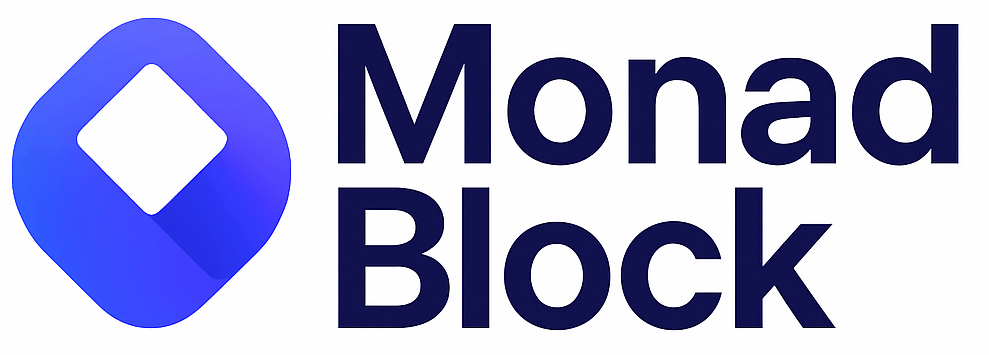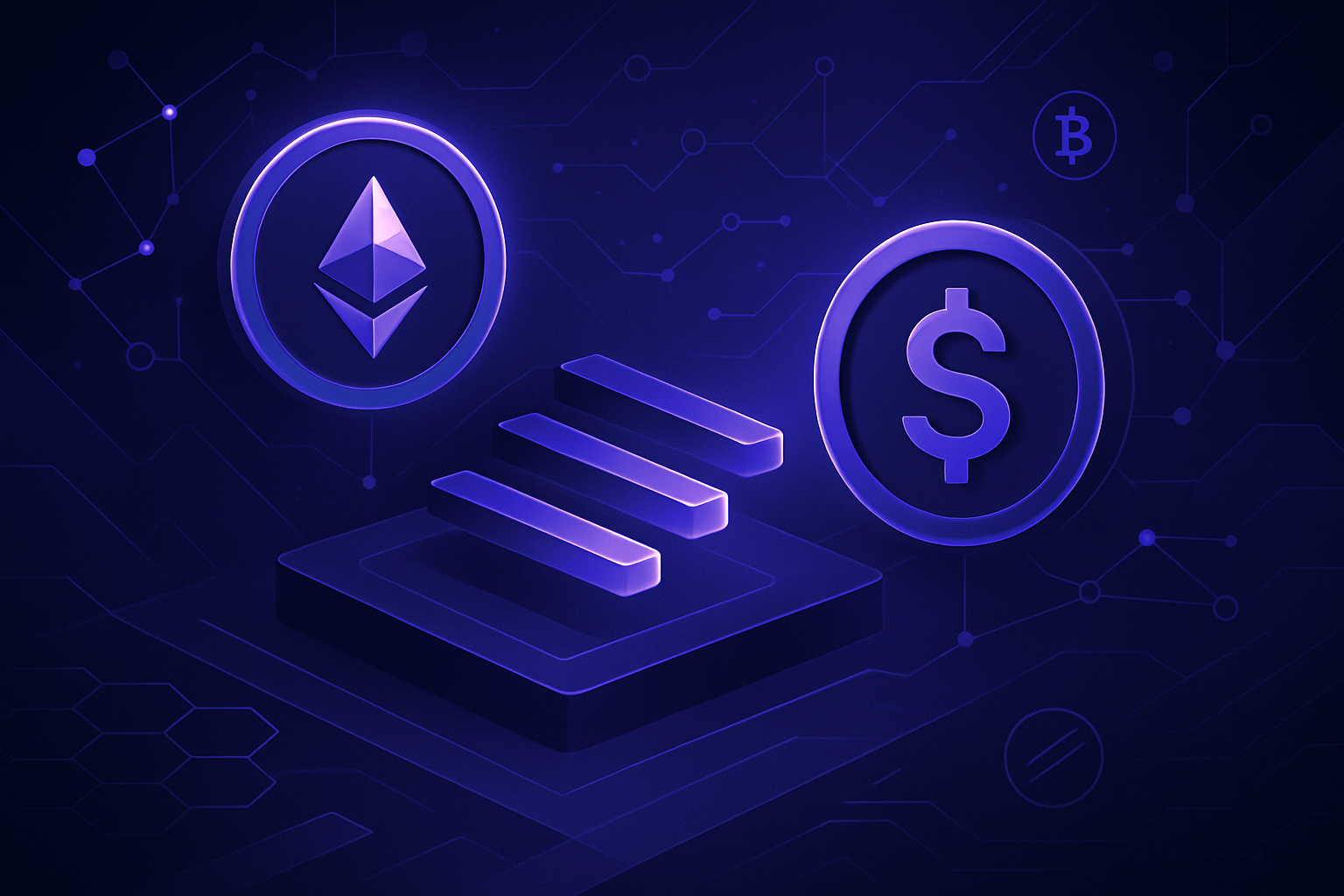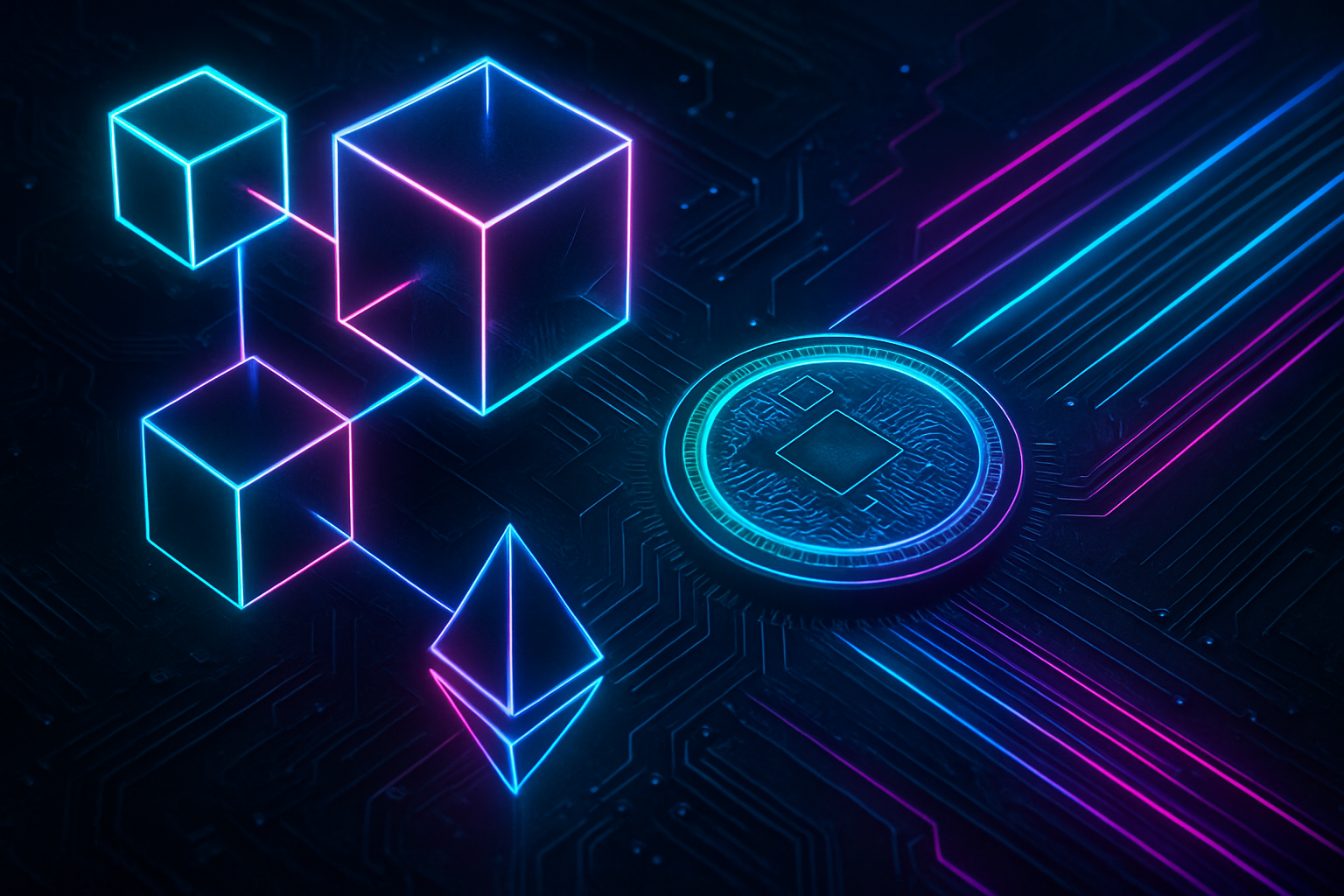
Imagine building the next viral dApp, only to watch users bounce because of sluggish confirmations or sky-high gas fees. For years, Ethereum’s EVM has been the gold standard for smart contracts, but its sequential transaction processing and scalability ceilings have left developers and users wanting more. Enter Monad: a high-performance EVM-compatible Layer 1 blockchain that’s rewriting what’s possible for decentralized applications by fusing 10,000 TPS, sub-second finality, and seamless Solidity compatibility.
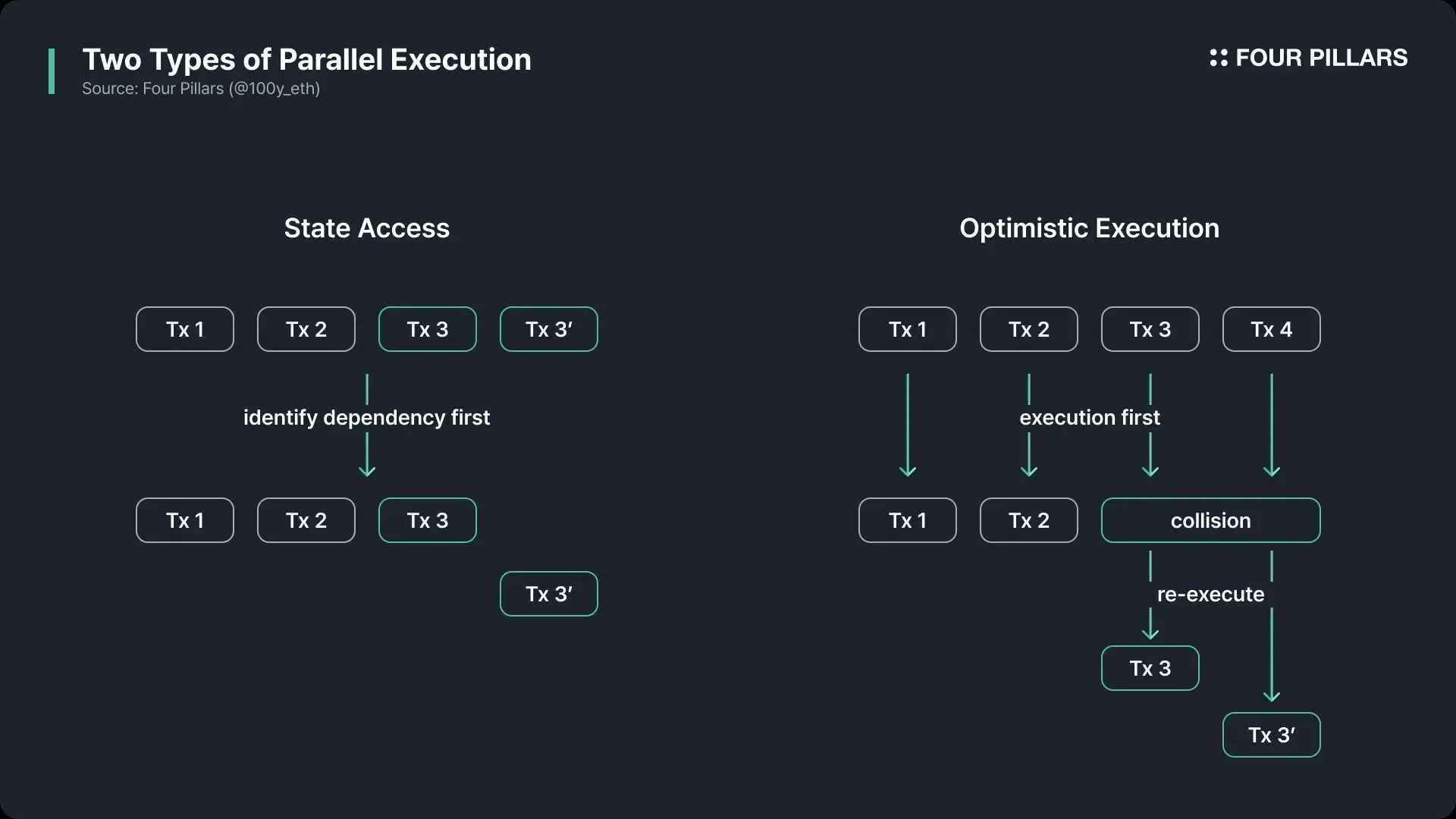
Parallel Execution: The Heartbeat of Monad’s Performance
The core innovation powering Monad’s leap in throughput is parallel execution. Traditional blockchains like Ethereum process transactions one after another, meaning every transaction waits its turn in a single file. Monad flips this model on its head by running multiple non-conflicting transactions at the same time. The result? Over 10,000 transactions per second (TPS), with no need for specialized hardware or exotic programming languages.
This approach isn’t just a theoretical improvement, it’s already delivering extreme scalability in live environments. Developers can deploy their existing Solidity contracts without modification and immediately benefit from:
Top Benefits of Monad’s Parallel Execution for dApp Developers
-

Massive Scalability with 10,000+ TPS: Monad’s parallel execution enables decentralized applications to process over 10,000 transactions per second, allowing dApps to scale seamlessly as user demand grows.
-

Ultra-Low Latency & Fast Finality: Thanks to parallel execution and the MonadBFT consensus, dApps enjoy block times of just 0.4 seconds and transaction finality in about 800 milliseconds, delivering a near-instant user experience.
-
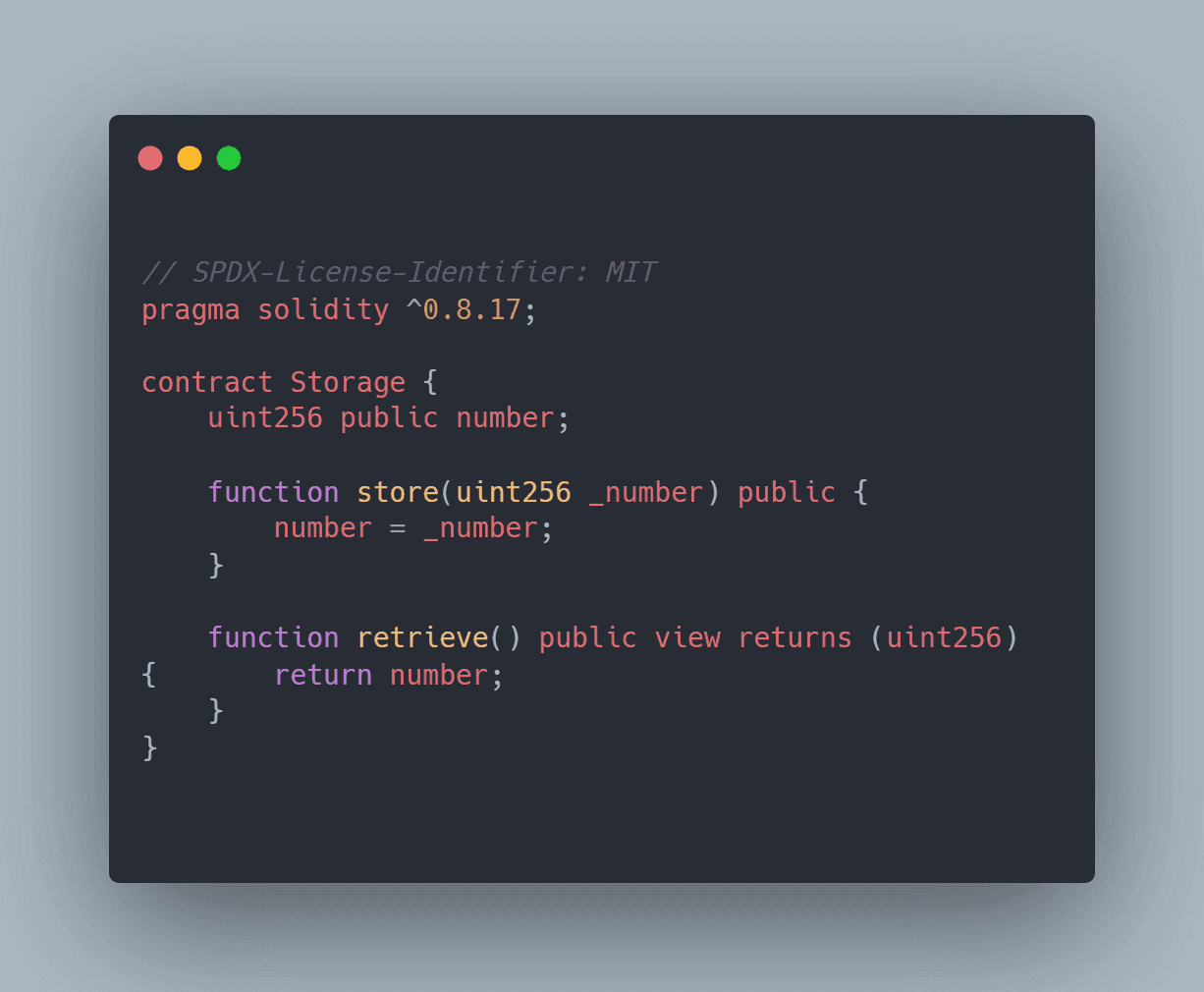
Seamless Solidity Compatibility: Developers can deploy existing Ethereum smart contracts on Monad without code changes, benefiting from parallel execution while using familiar tools and languages like Solidity.
-
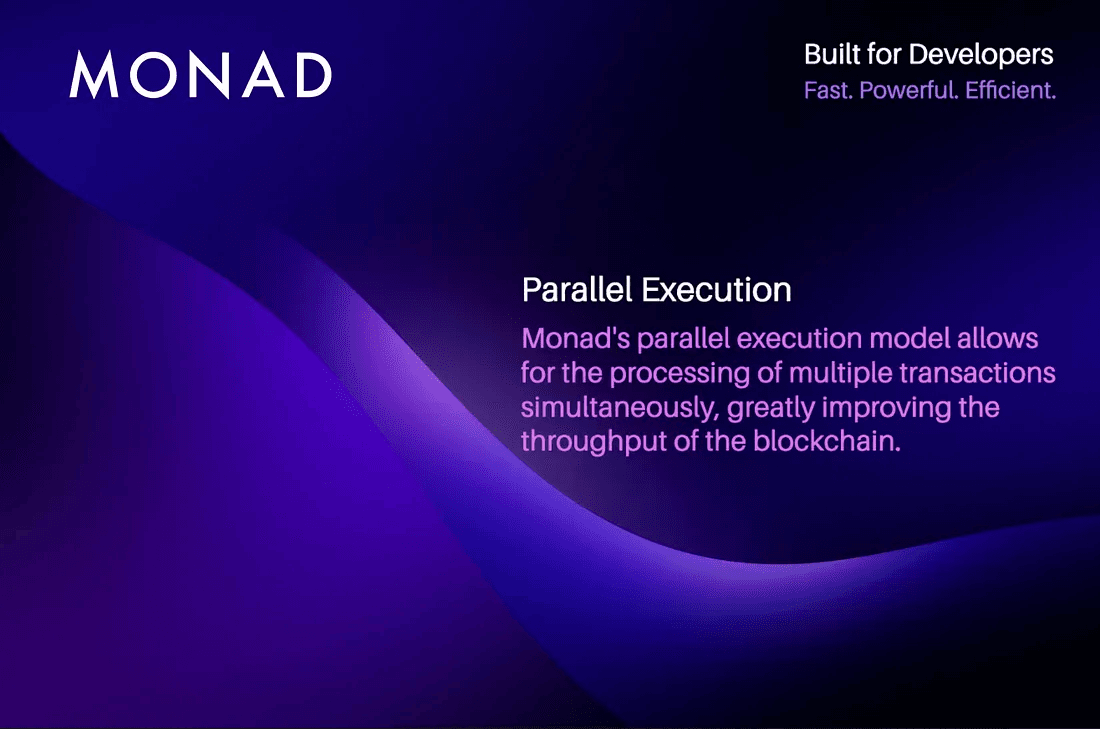
Significantly Lower Gas Fees: Parallel processing and optimized state storage reduce network congestion and costs, resulting in near-zero gas fees for users and developers.
-
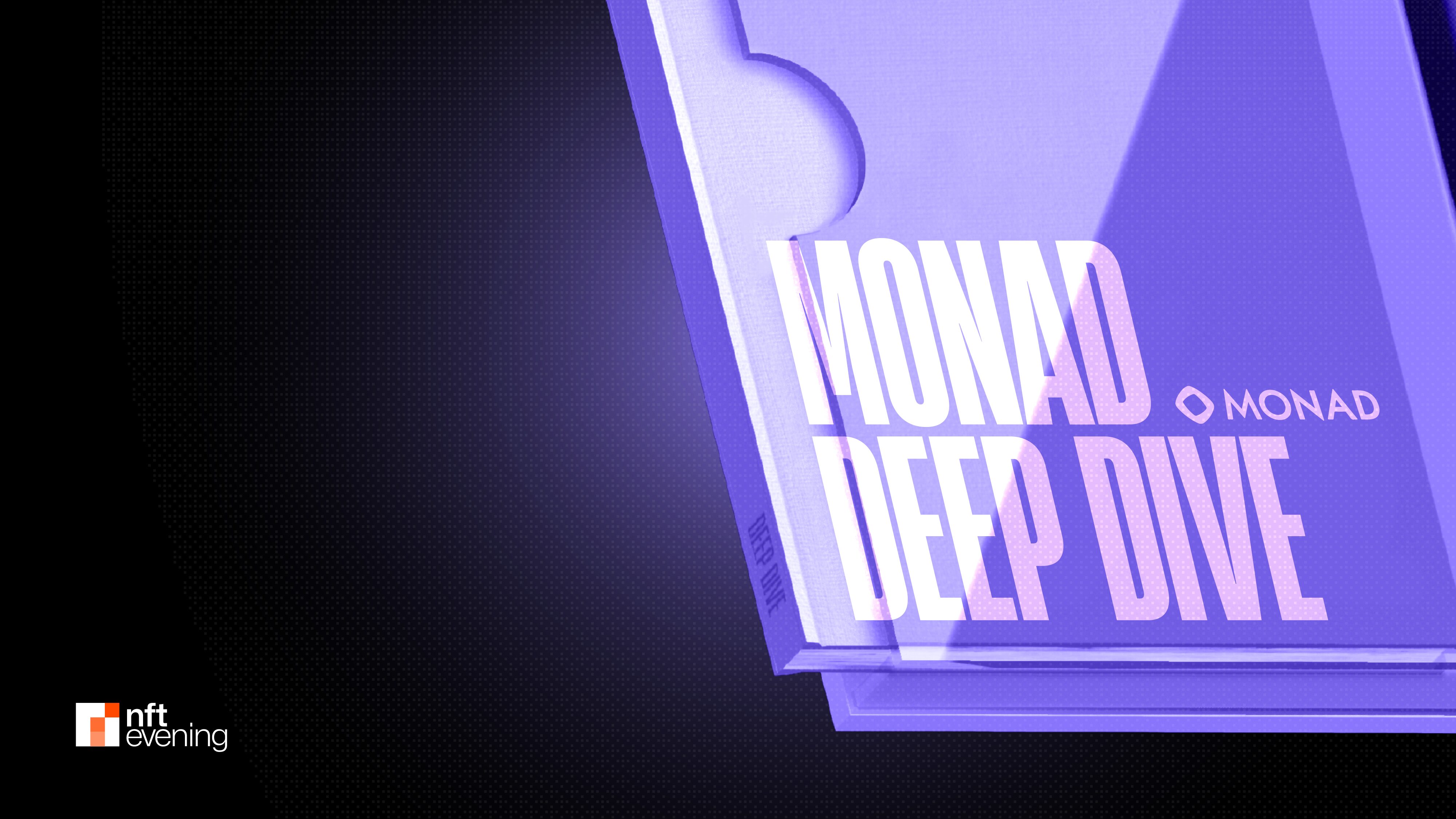
Enhanced dApp Responsiveness: Parallel execution minimizes transaction bottlenecks, so dApps can handle complex operations and high user volumes without lag or slowdowns.
If you’re coming from the world of EVM chains, think of Monad as what Ethereum could be if it had native support for massive concurrency, without breaking compatibility or fragmenting tooling.
Solidity Compatibility Without Compromise
One of Monad’s boldest promises is that you can take your existing Solidity codebase and deploy it directly, no rewrites, no weird workarounds. This is possible thanks to full EVM bytecode compatibility. Whether you’ve built DeFi protocols, NFT platforms, or DAOs on Ethereum or other EVM chains, moving to Monad is frictionless.
This means familiar tools like Hardhat and Foundry work out-of-the-box. Your users won’t need new wallets or onboarding flows. And crucially, you get access to near-zero gas fees and rapid finality (blocks are finalized in approximately 800 milliseconds) without sacrificing security or decentralization.
Diving Deeper: How Monad Achieves Sub-Second Finality and Low Fees
Beyond parallel execution and compatibility lies a sophisticated technical stack:
- Deferred Execution: Transactions are ordered first then executed in batches, a pipelining technique that maximizes throughput while minimizing latency (source).
- MonadBFT Consensus: A leader-based Byzantine Fault Tolerant protocol ensures blocks are finalized in about 800ms (source). This means dApps feel snappy even under heavy load.
- MonadDB: An SSD-optimized custom database lowers node costs by storing state efficiently, making it easier for anyone to run a node and participate in consensus (source).
Together these innovations push transaction costs down to near zero while keeping the network open and secure, a rare combination in today’s blockchain landscape.
For dApp teams, this opens the door to use cases that simply weren’t feasible on legacy EVM chains. High-frequency DeFi, real-time gaming economies, and social platforms with micro-transactions can all run smoothly at scale. The days of choosing between Ethereum’s network effects and true performance are finally over.
Real-World Impact: Unlocking New dApp Possibilities
With Monad’s parallel EVM, developers aren’t just porting existing apps, they’re inventing new categories. Imagine NFT marketplaces where minting is instant and gas wars are a relic of the past. Or DeFi protocols that rebalance hundreds of positions per second with negligible fees. Social dApps can now support millions of micro-interactions daily without lag or cost spikes.
What’s more, Monad’s architecture is designed for inclusivity. By lowering node hardware requirements thanks to MonadDB and SSD-based storage, the network encourages broader validator participation and decentralization, critical for long-term security and trust.
How Monad Compares: Parallel EVMs in Context
The race for scalable EVMs is heating up, but Monad’s approach stands out for its balance of speed, compatibility, and accessibility. Competing chains like Sei V2 or Neon have made strides in parallel execution but often require trade-offs in tooling or code migration. Monad keeps the developer experience seamless while delivering:
Monad vs Other Parallel EVM Chains: Key Comparison Points
-
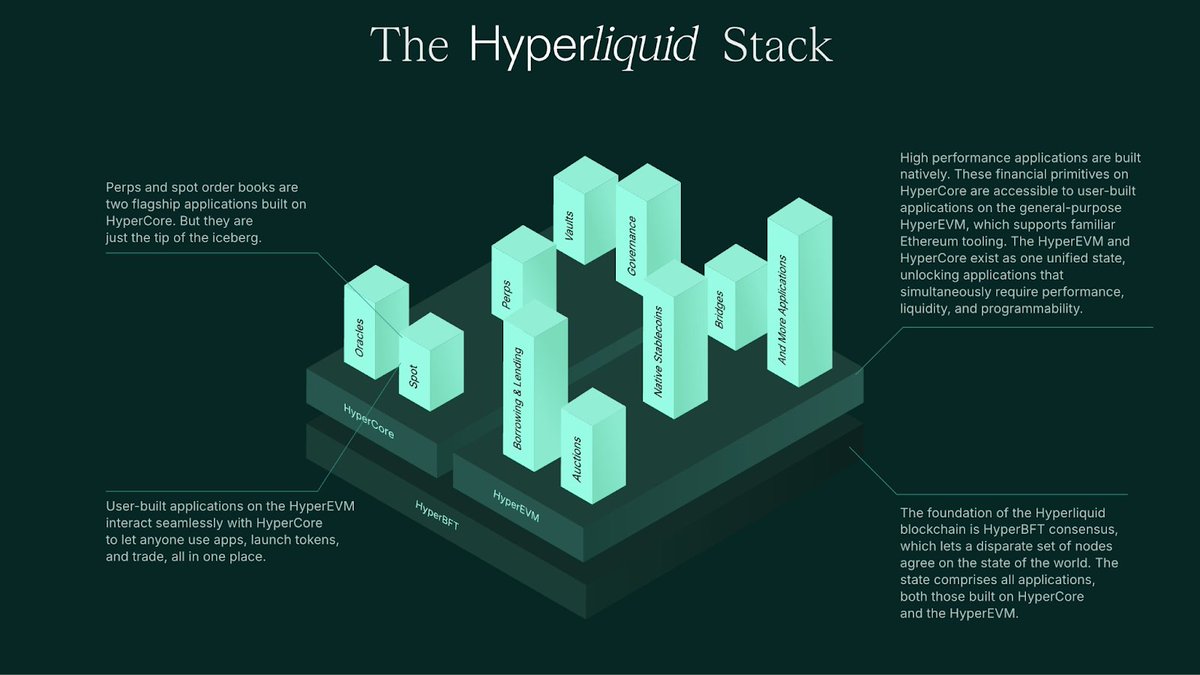
Performance & Throughput: Monad delivers over 10,000 TPS with 0.4s block times and 800ms finality, surpassing most parallel EVM chains like Sei v2 and Neon EVM, which typically offer lower throughput and longer finality times.
-
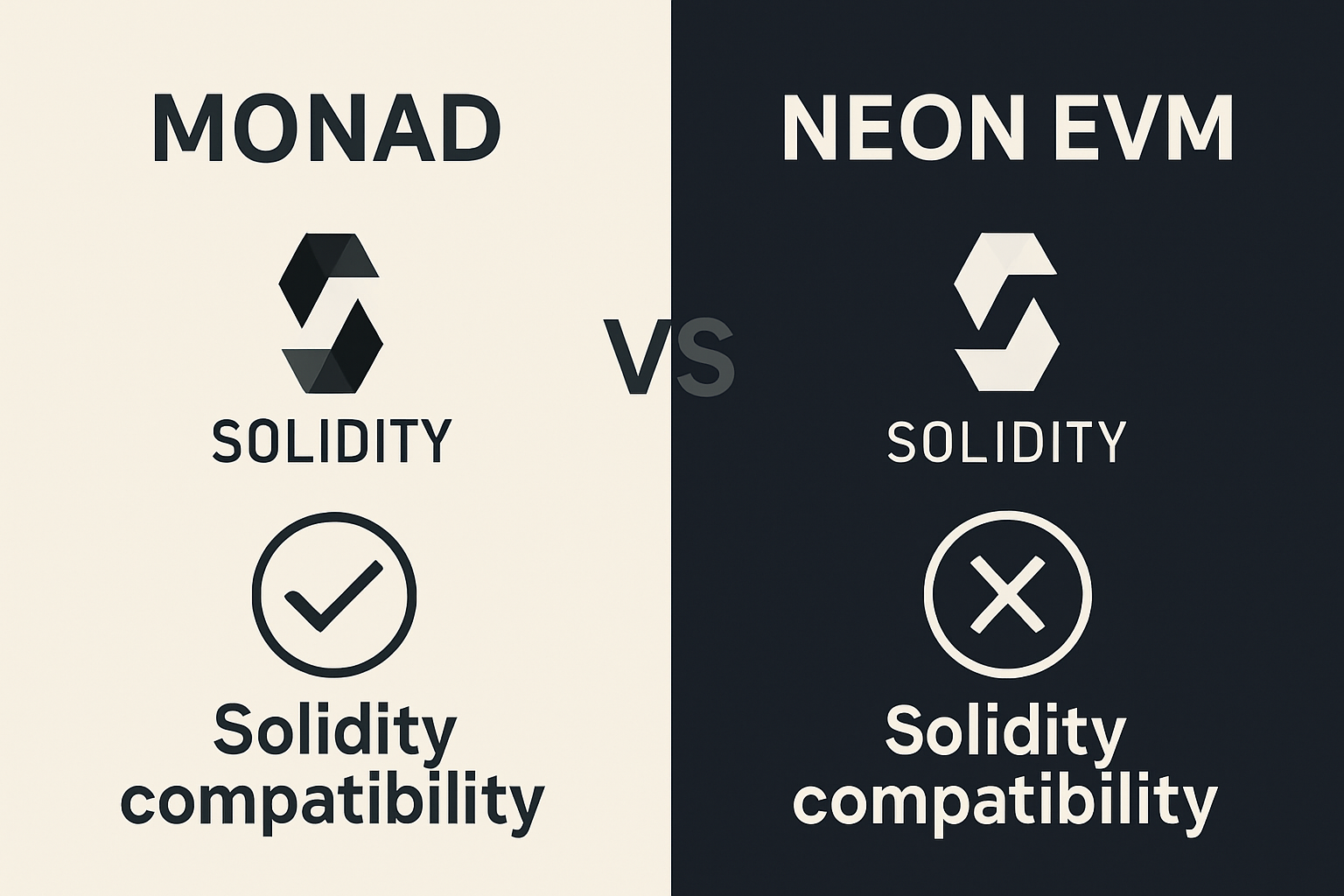
Full Solidity Compatibility: Monad maintains 100% compatibility with existing Solidity code, enabling seamless migration for Ethereum dApps. Competing chains such as Eclipse and Neon EVM also support Solidity, but may require minor adaptations or have limitations with certain tooling.
-
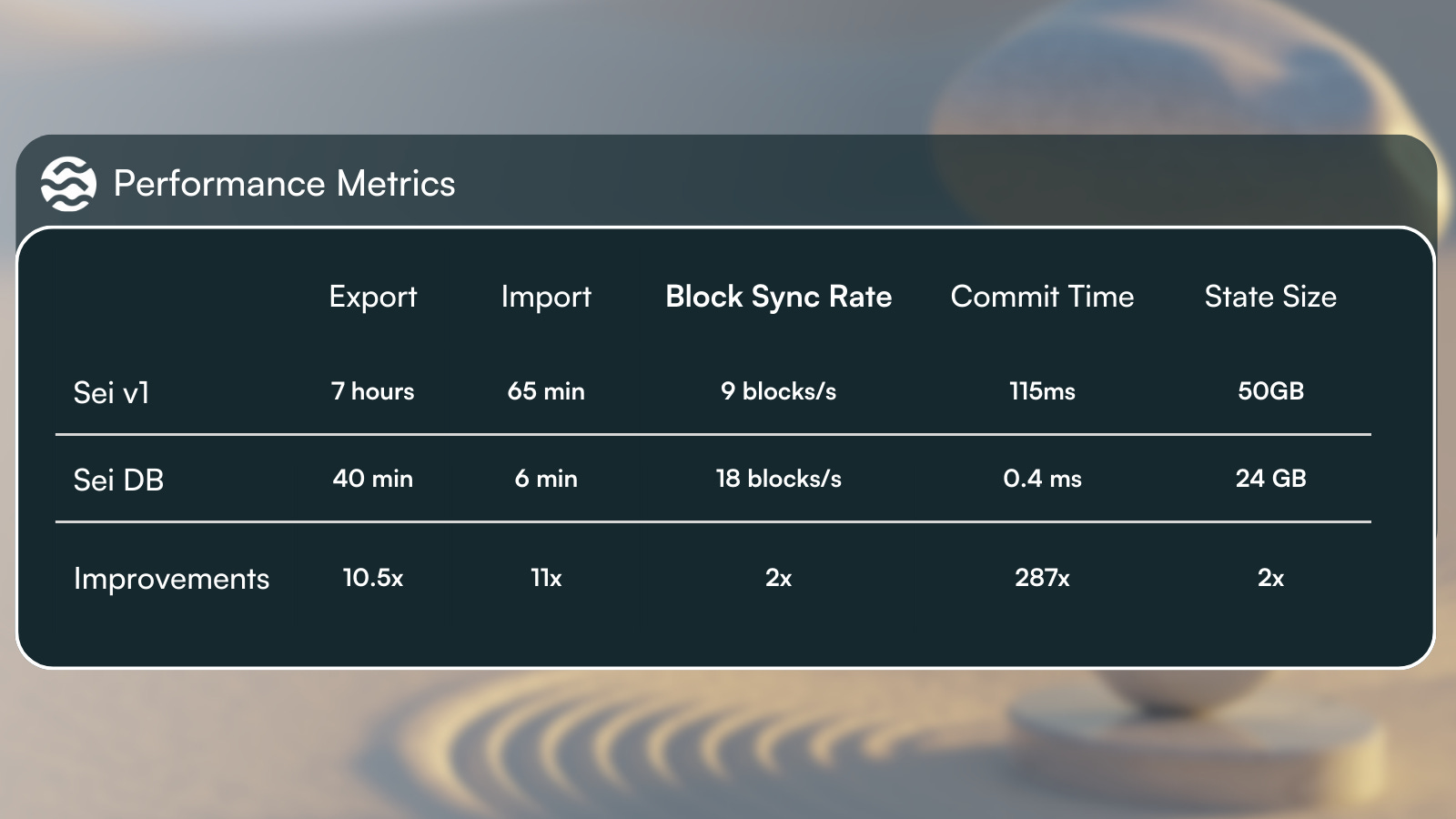
Parallel Execution Architecture: Monad introduces optimistic parallel execution with deferred transaction processing, allowing non-conflicting transactions to run simultaneously. While Sei v2 and Eclipse also leverage parallelization, Monad’s approach is designed for higher efficiency and throughput.
-
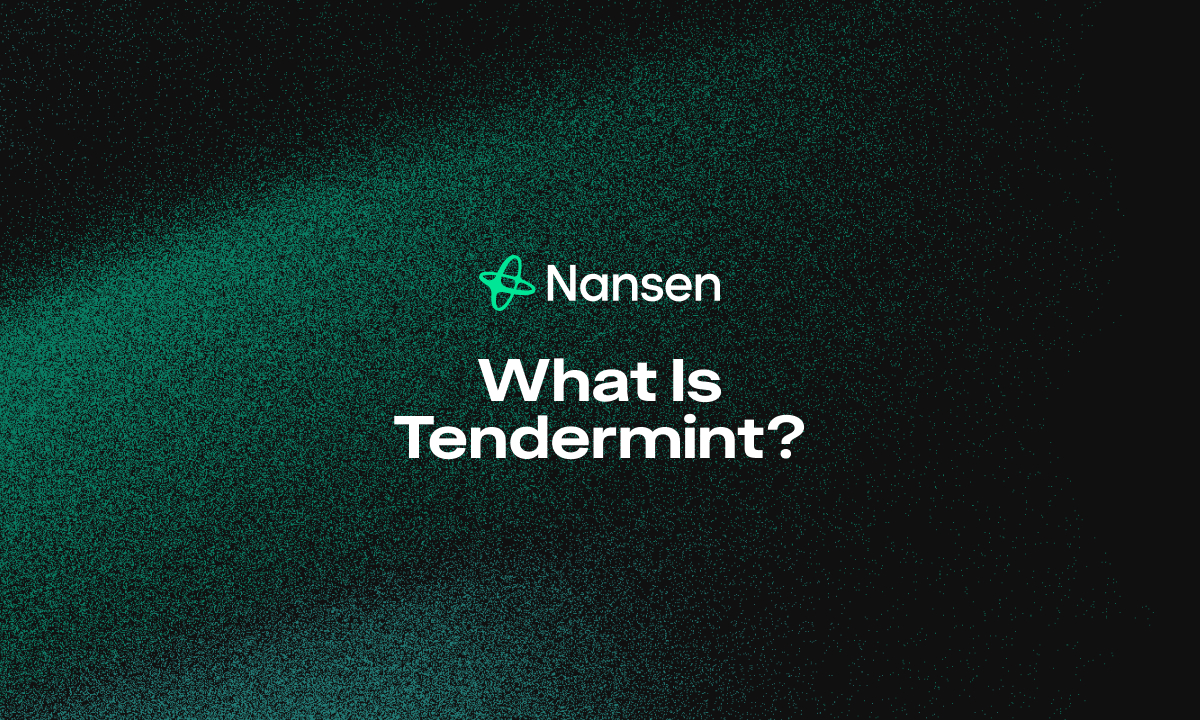
Consensus & Finality: Monad uses MonadBFT, a HotStuff-derived BFT protocol, achieving ~800ms finality. In contrast, Sei v2 and Eclipse use Tendermint or other consensus mechanisms, often resulting in slower finality.
-
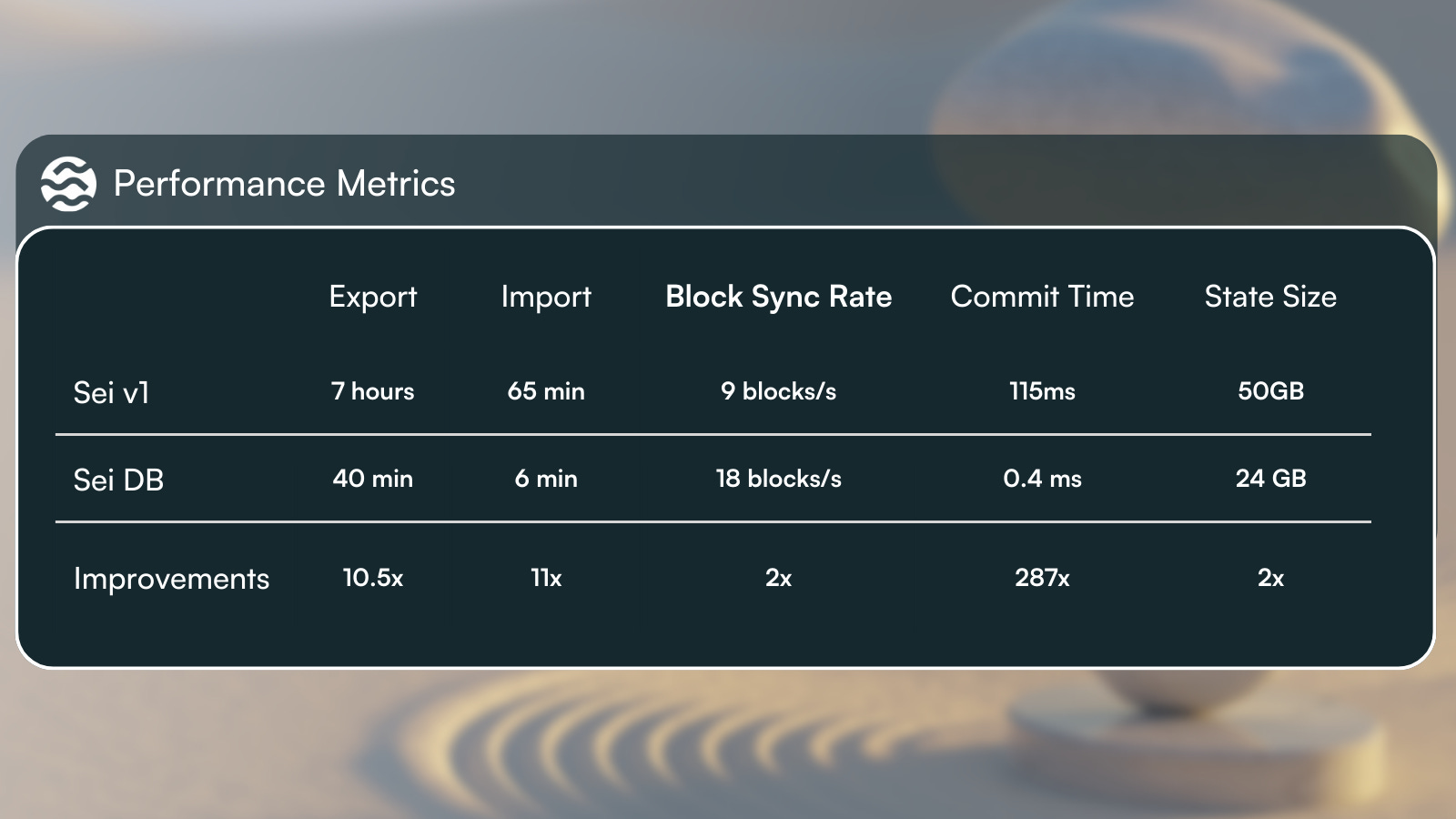
Node Decentralization & Hardware Requirements: Monad’s MonadDB stores most state data on SSDs, reducing RAM needs and lowering the cost to run a node. Other chains, like Neon EVM and Sei v2, may require more specialized or expensive hardware, potentially limiting decentralization.
-
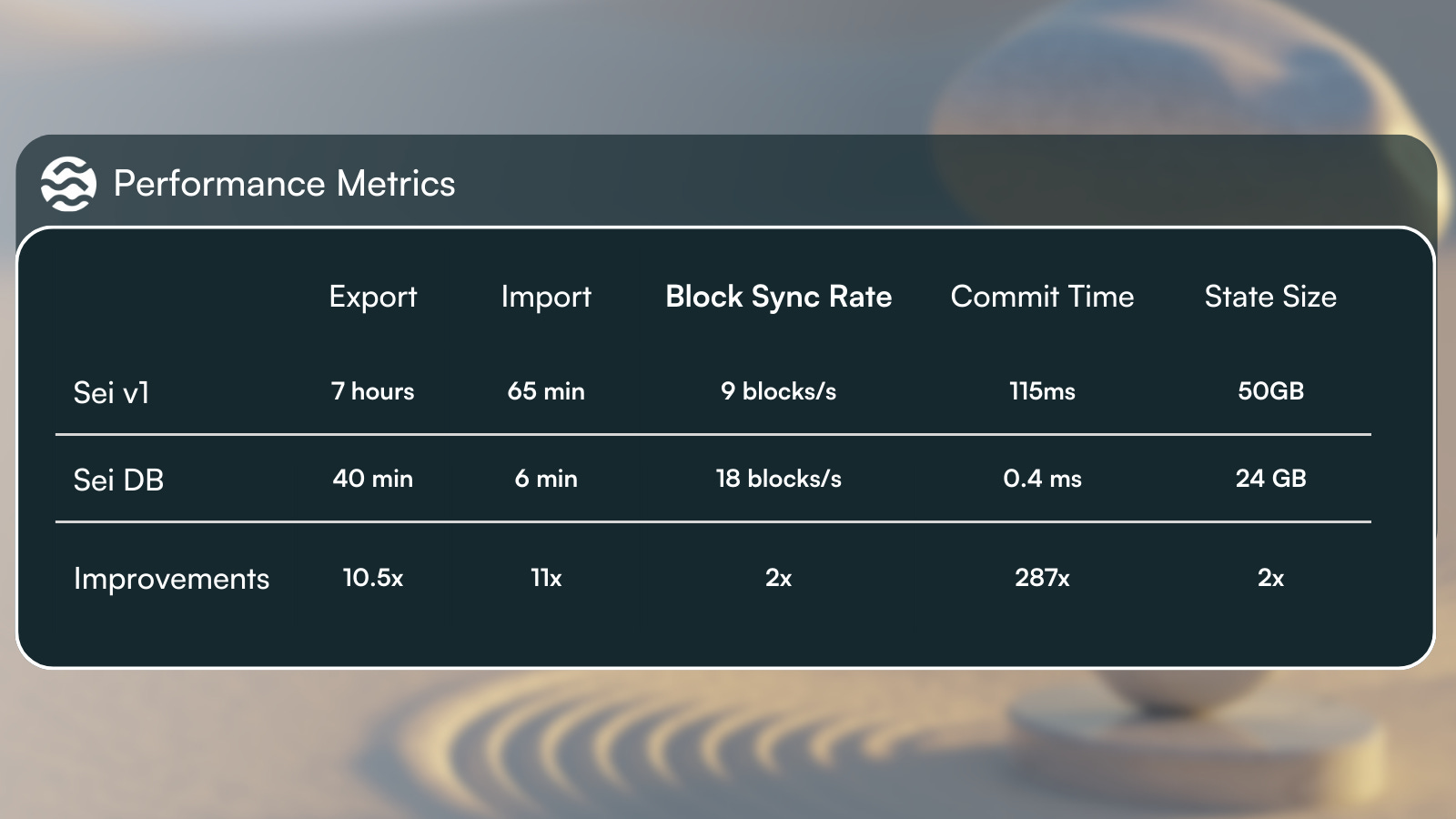
Transaction Costs: Monad offers near-zero gas fees, making it highly attractive for high-frequency dApps. While Sei v2 and Eclipse also tout low fees, Monad’s architecture is specifically optimized for minimal transaction costs at scale.
For Solidity developers frustrated by scaling bottlenecks elsewhere, Monad is a clear path forward without technical compromises or ecosystem fragmentation.
Getting Started: Migrate Your Solidity dApp to Monad
If you’re ready to tap into 10,000 TPS and sub-second finality, migrating to Monad couldn’t be easier. Here’s a quick checklist:
You’ll find that familiar tools like Hardhat or Foundry work out-of-the-box, no need to learn new languages or frameworks. And with near-zero gas fees plus rapid block times, your users will instantly notice the difference.
What’s Next for High-Performance EVM Chains?
The launch of Monad signals a new era where performance doesn’t come at the cost of compatibility or decentralization. As more projects migrate and novel dApps emerge, powered by parallel execution blockchain architecture, the entire Web3 landscape stands to benefit from faster innovation cycles and better user experiences.
If you want to keep up with technical updates or dive deeper into how parallel execution works under the hood, check out Monad’s official resources. The next generation of decentralized applications isn’t just possible, it’s already here.
